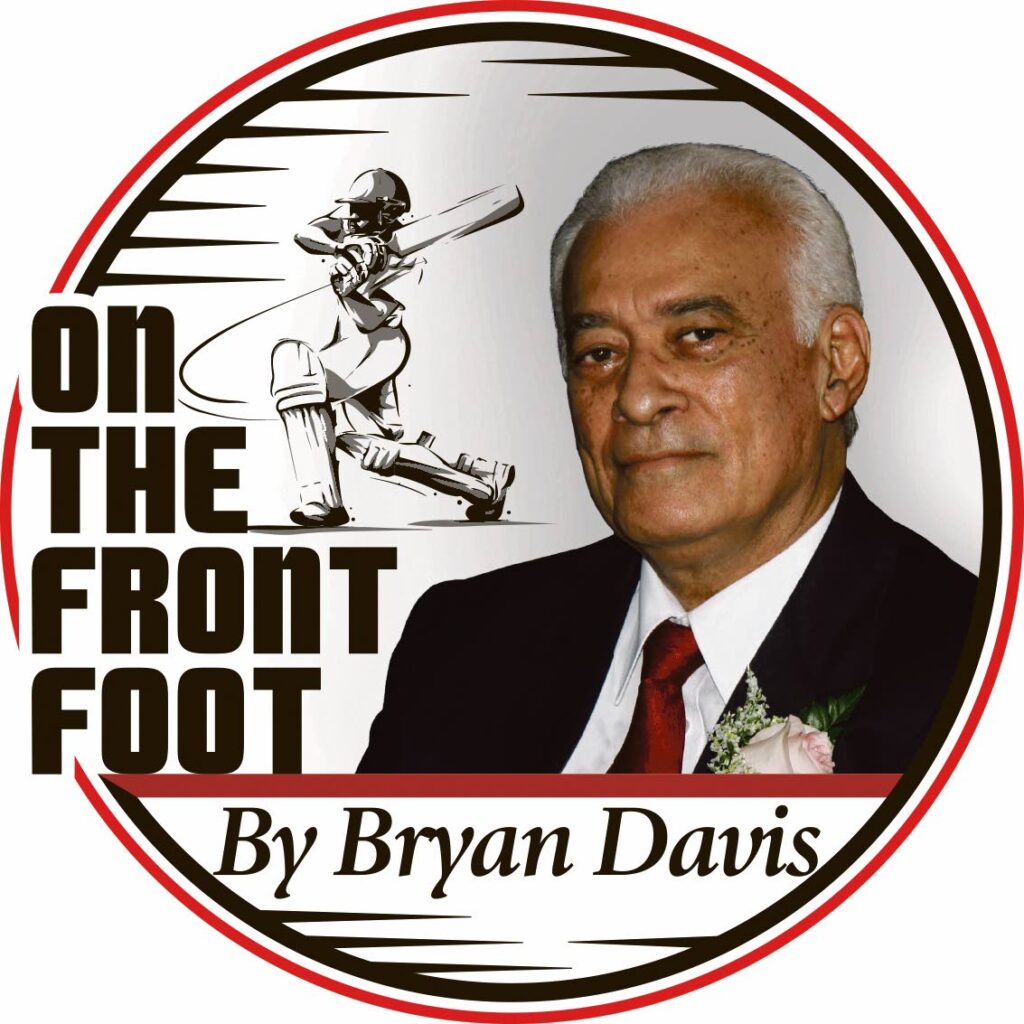The art of selecting selectors

ONE of the great joys of cricket fans, regardless of the country in which they live, is selecting teams. Ever since I was a youth – and that’s a very long time ago – whenever there was a first-class cricket game or a Test match on the horizon, there would be gatherings and ole talk on which would be the best team to represent TT or the West Indies.
Selection committees in those days, the majority of times, numbered five for international teams, whether for first-class or Test matches. The WI structure eventually catered for three selectors.
This was to get rid of the fair and unfair blame meted out to the selectors of international teams as being biased on the basis of insularity.
Many a selector has had to put up with insults and derogatory remarks, for instance, if a favourite cricketer from his territory was not chosen for a WI team.
The West Indies Cricket Board, in its wisdom, came up with the idea of three selectors. The chairman then had the casting vote if the voting was tied, which hardly ever happened.
It was far more dynamic to sit on a selection committee of three trusted individuals who would find it more comfortable to negotiate with two others round a table to choose the final team. All things considered, these gentlemen would be in a position to put across their points for and against, such as why one player would be stronger than another in a given situation.

Selectors need a thorough knowledge of cricket, an understanding of psychology, an ability to communicate and the sense to read the personality of cricketers and their temperament and hence capacity to perform in a variety of circumstances, in addition to their deportment on the field of play, plus, of course, their ability to play the game.
Cricket West Indies has put forward a plan for a selection policy that, with all due respects, is detrimental to players. It would really be funny if it wasn’t so sad. Again, this is another example of taking the art of cricket and trying to make it into a science. There is no need to make the game something it is not. It wouldn’t survive with that type of structure.
The director of cricket of CWI, Miles Bascombe, believes it wise to employ six “territorial talent identifiers” (TTIDs) plus a band of scouts, to provide a structured analytical approach. This focus on talent identification driven by data makes it sound impressive – but it is unsatisfactory in the selection of cricket teams.
Here’s why. The series of observations, measurements, or facts, digits, etc, fed into a computer, would remove cricket experience, and would depend only on the figures entered. Consequently, selectors would no longer be needed and anyone who can read the numbers could select the team, whether the president or the director of cricket of CWI.
Again, I have to comment that to select a cricket team, there are lots of pros and cons that can only be revealed in frank discussion by knowledgeable cricket experts, together in small groups of five or fewer. The vagaries of human nature would not allow otherwise on a cricket selection committee.
With two senior talent managers, six TTIDs, four regional scouts, all evaluating players, one would think the game of cricket is no longer a game, but a challenge for a group of mathematicians. CWI believes this change would make those who don’t have a clue what it’s all about look like knowledgeable cricket officials.Internationally, over the years, it was found that three-five selectors were quite sufficient to choose a team to participate in a cricket match.
And great cricketers poured forth from the major cricket countries of the world. We were privileged to see so many classic batsmen, strategic bowlers, of both the fast and slow variety, and high standards of wicketkeepers and fielders.
To confuse the issue by trying to turn the game into something it isn’t is a doleful reaction by those who don’t understand it.
Thus they don’t embrace the beauty and art it provides to those who value and appreciate it. It is distressing to realise that there are those who want to actually switch the ethos of the game of cricket because of a total lack of knowledge of their subject.
The sport requires CI – cricket intelligence – not AI.

Comments
"The art of selecting selectors"